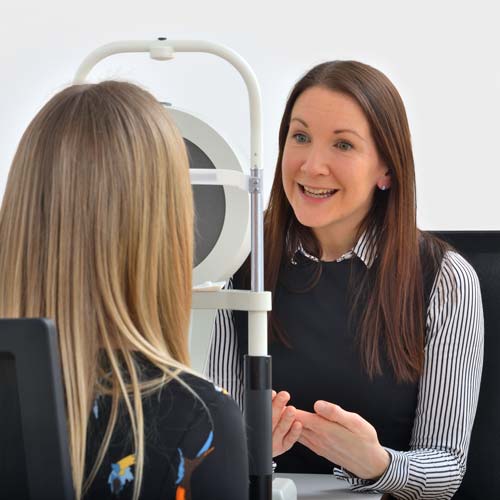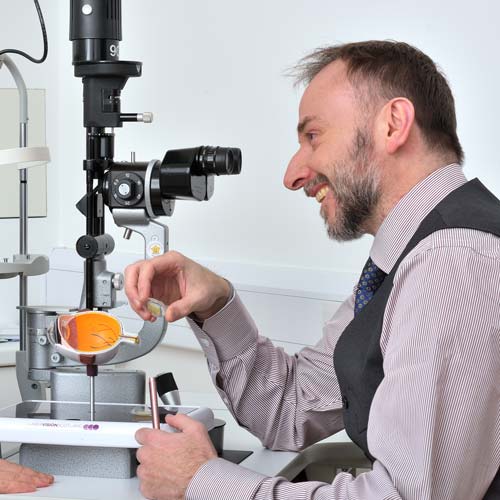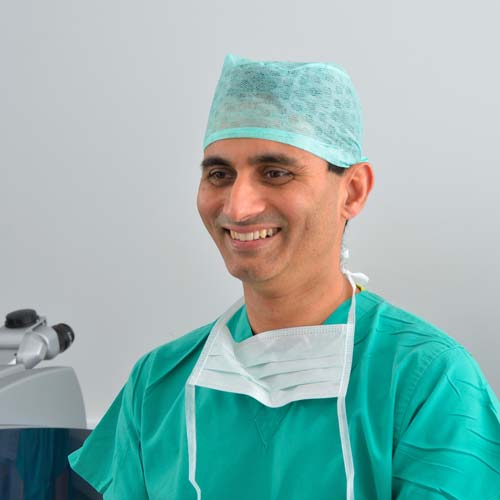- treatments
- oculoplastics
- blepharoplasty surgery
Vision Scotland : Everything you need to know
Blepharoplasty surgery
Blepharoplasty (eyelid lift) is an operation used to reshape the eyelids and treat droopy eyes. In the UK, over 8,000 people undergo the procedure each year.


